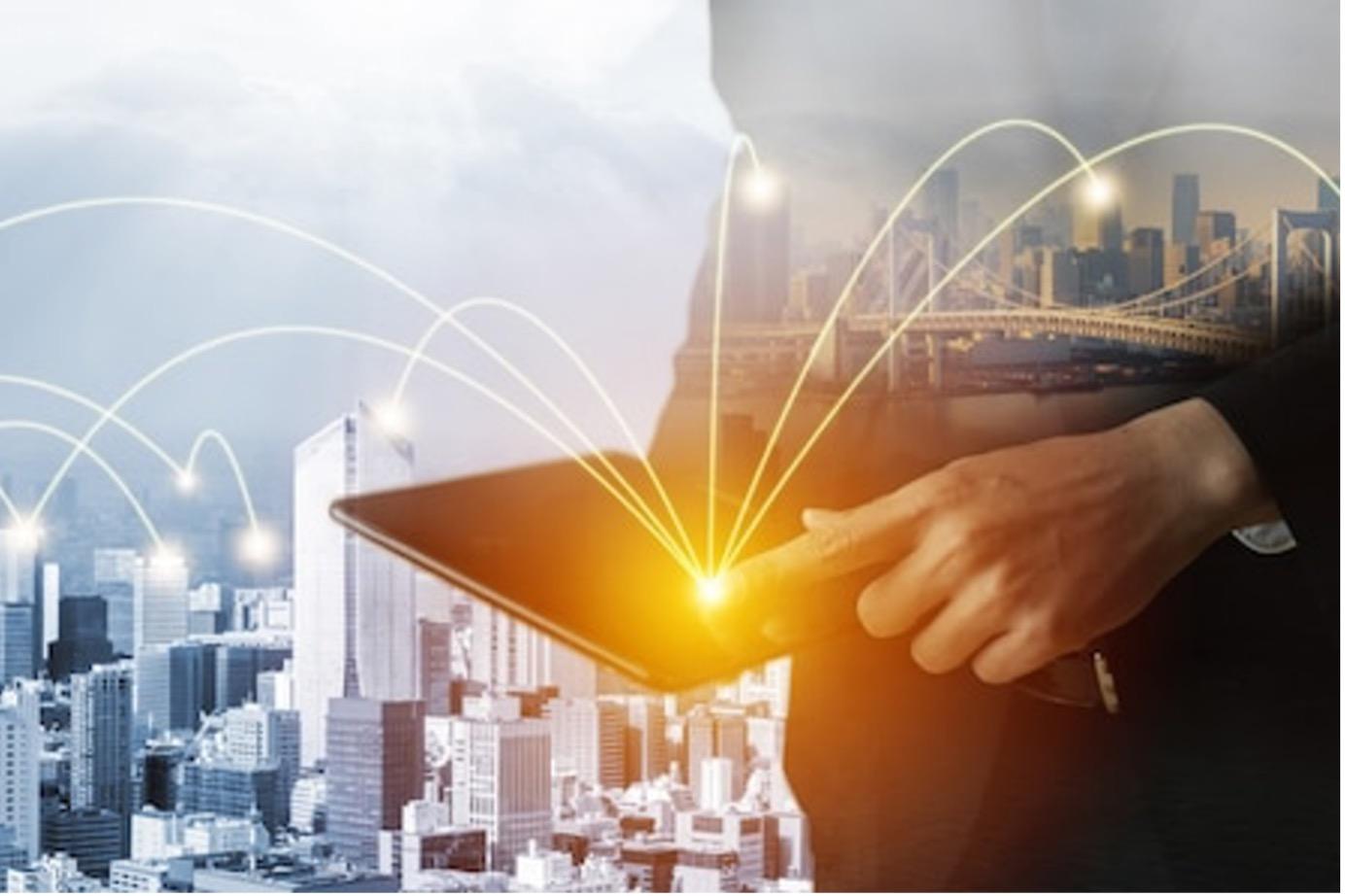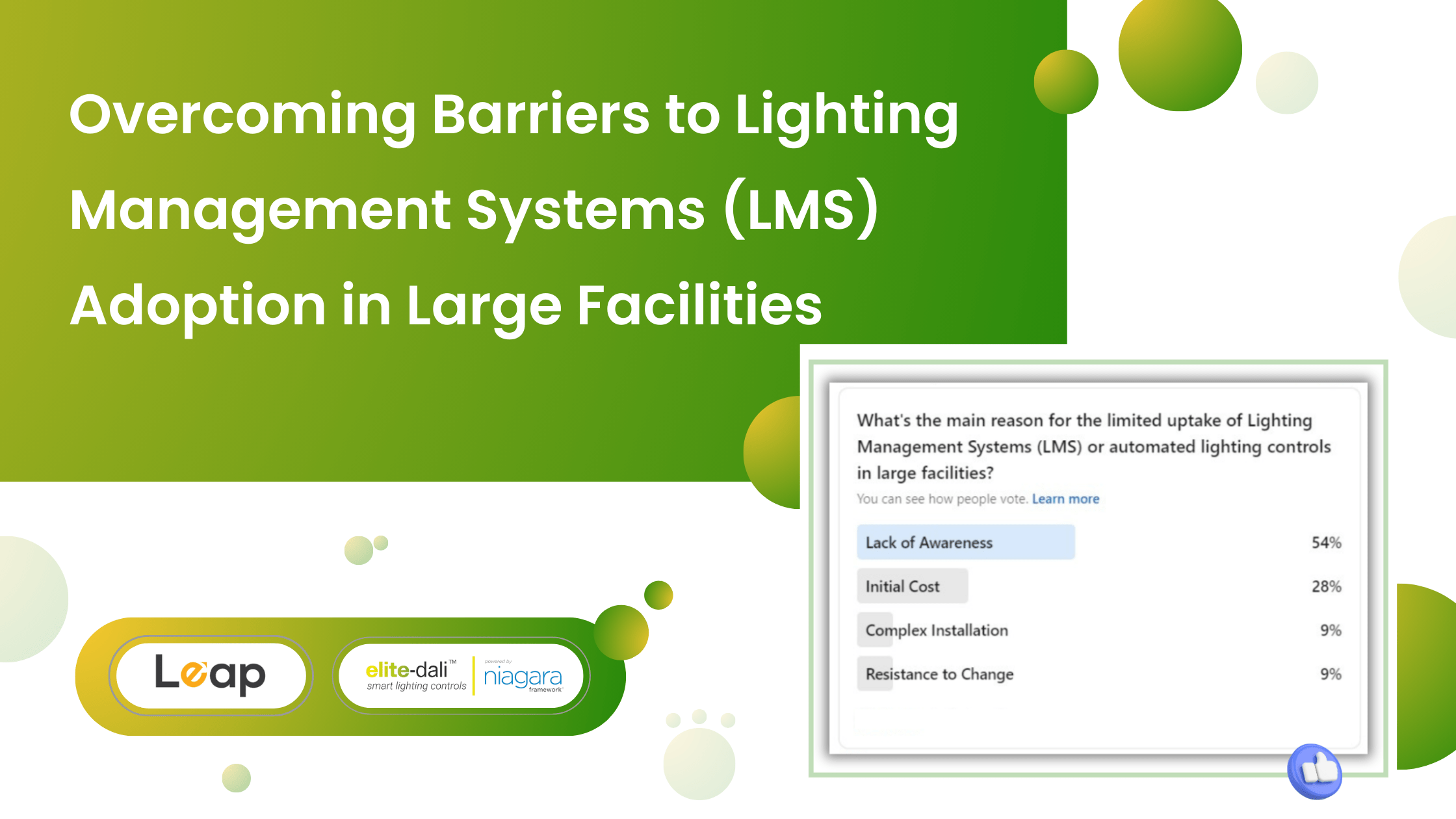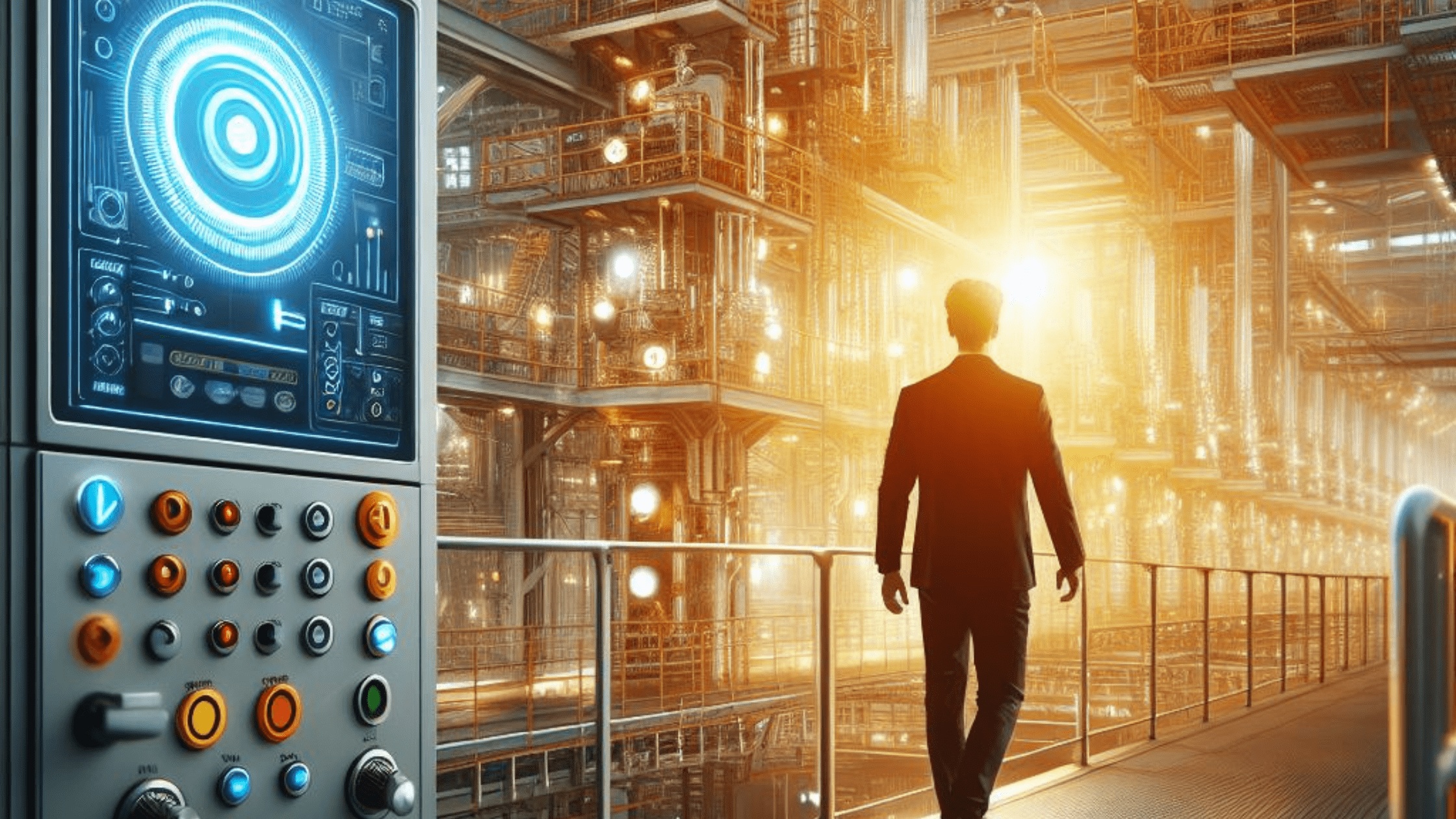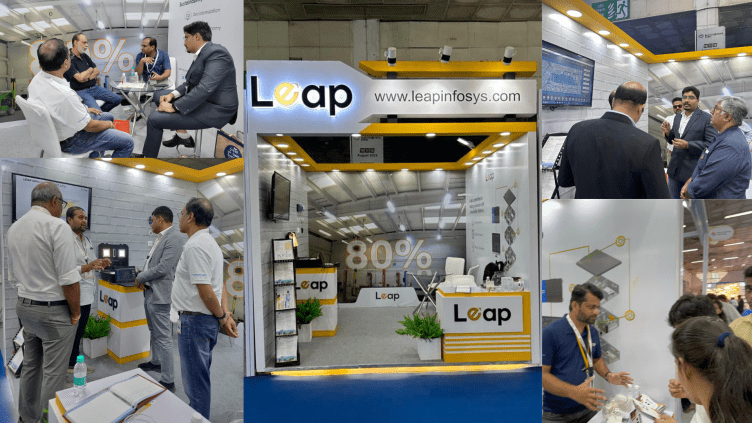Illuminating India’s Growth: Smart and Connected Lighting for Large Facilities
Introduction: As India’s economy continues to soar and its urban landscape expands, the demand for energy-efficient and sustainable solutions becomes paramount. Smart and connected lighting emerges as a transformative technology, especially for extensive facilities like offices, commercial buildings, and industrial complexes. This blog will explore why smart lighting is essential in India’s emerging markets and growing economy, specifically focusing on its benefits for extensive facilities.
I. WHY Smart and Connected Lighting in India?
- Energy Crisis Mitigation: India faces challenges in meeting its increasing energy demands. Smart lighting offers an innovative solution by optimizing energy consumption and reducing the strain on the power grid.
- Environmental Sustainability: As India strives to meet its climate goals, embracing smart lighting can significantly reduce greenhouse gas emissions and foster a more sustainable future.
- Infrastructure Development: With rapid urbanization and the construction of large facilities, implementing smart lighting at an early stage becomes crucial to create efficient and environmentally friendly infrastructure.
- Economic Advantages: By reducing electricity consumption, businesses can experience substantial cost savings, allowing them to allocate resources more effectively for growth and expansion.
II. WHAT are the Benefits for Large Facilities like Industrial complexes, offices and commercial buildings?
- Energy Efficiency and Cost Savings: Large facilities, such as offices, commercial buildings, and industrial complexes, consume significant energy for lighting. Intelligent lighting systems equipped with occupancy sensors and daylight harvesting can optimize energy usage, leading to substantial cost savings over time.
- Enhanced User Experience: Smart lighting offers personalized and adaptable lighting conditions, improving employee productivity, comfort, and well-being in offices. In commercial spaces, it can enhance the shopping experience for customers, leading to increased footfall and sales.
- Remote Monitoring and Control: Smart lighting allows facility managers to remotely monitor and control lighting systems, enabling efficient maintenance, scheduling, and energy management, even for geographically dispersed facilities.
- Data-Driven Decision Making: Connected lighting systems collect valuable data on occupancy patterns, usage trends, and energy consumption. Analyzing this data provides insights for better resource allocation, space utilization, and operational efficiency.
III. HOW to Foster Smart Lighting Adoption in India’s Large Facilities?
- Government Initiatives: The Indian government can play a pivotal role in promoting smart lighting adoption by offering incentives, subsidies, and policy support to businesses and facility owners.
- Public-Private Partnerships: Collaborations between the government, private sector, and lighting industry can accelerate the development and deployment of smart lighting solutions, making them more accessible and affordable.
- Awareness Campaigns: Raising awareness about the benefits of smart lighting through workshops, seminars, and case studies can encourage large facility owners to embrace the technology.
- Training and Skill Development: To ensure the successful implementation and maintenance of intelligent lighting systems, specialized training programs can be introduced to develop a skilled workforce in this domain.
Conclusion: As India’s economy thrives, embracing smart and connected lighting in large facilities is key to sustainable growth and resource optimization. By leveraging the benefits of energy efficiency, cost savings, enhanced user experience, and data-driven decision-making, India can illuminate its path toward a brighter and greener future. Through collaborative efforts and government support, smart lighting can become integral to India’s emerging markets, fostering a more connected and sustainable economy.







